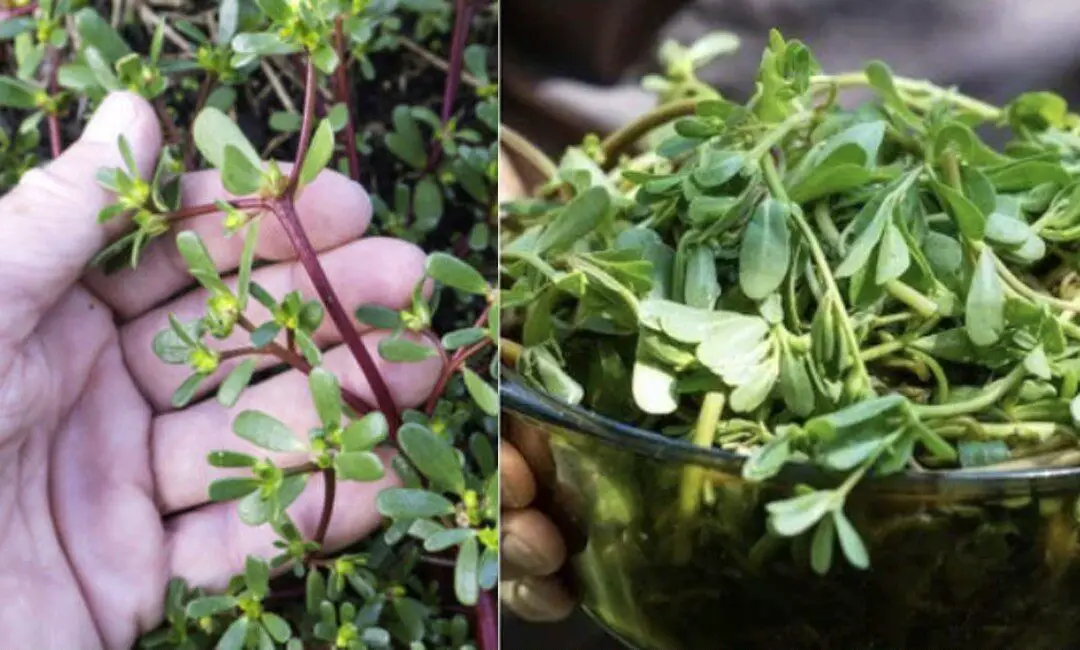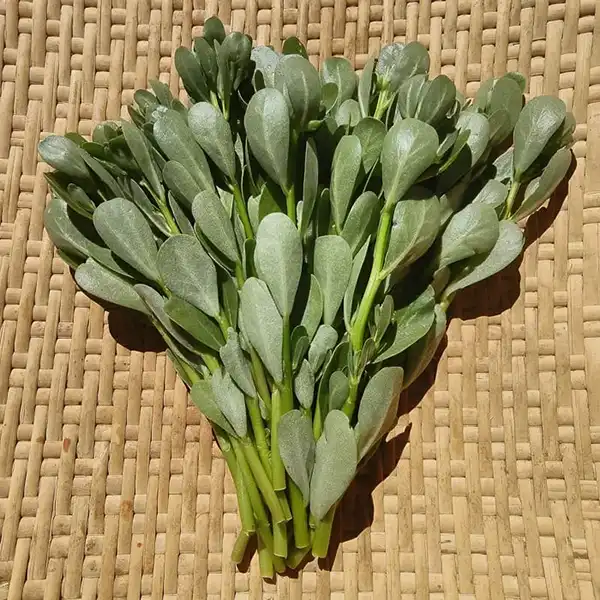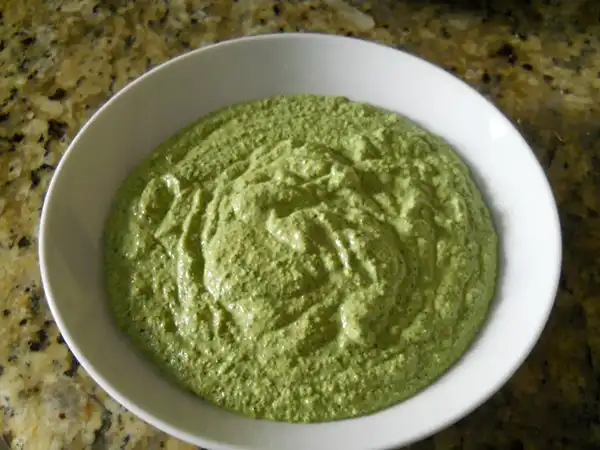
Purslane (Verdolaga) has gone from being a nuisance in gardens to becoming a valuable treasure! This extraordinary plant is regaining its foothold in farmers markets and esteemed restaurants, providing not only health benefits but culinary satisfaction as well.
Known by different names such as hogweed and pigweed, purslane is a weed that you should welcome. Recognized as a superfood, it holds a special place in the affections of figures such as Mahatma Gandhi and is currently experiencing a renaissance.

This robust plant emerges from cracks in pavement, infiltrates gardens, and was dubbed the “miracle plant” by Dr. Artemis Simopoulos, president of the Center for Genetics, Nutrition, and Health. During her time at the National Institutes of Health, Dr. Simopoulos found that Purslane contains the highest levels of omega-3 fatty acids of any green plant.
Its succulent, tear-shaped leaves are rich in antioxidants, vitamins and minerals, making it a nutritional powerhouse. But that’s not all—these leaves also offer a rejuvenating, zesty lemon flavor with a hint of pepper, as characterized by Sergio Vitale, the chef-owner of Aldo’s Ristorante Italiano in Chicago, who grew up savoring Purslane in southern Italy.
Although early Americans, including Martha Washington, enjoyed purslane both fresh and preserved, its use declined in the early 20th century. Fortunately, in recent times, innovative farmers, foragers, and chefs have reignited their interest in this advantageous weed.
When preparing wild purslane, it is essential to wash the plant well to eliminate any pesticide residue. With its tart and slightly salty flavor, purslane is an excellent addition to salads and various dishes.
Also, here’s a simple recipe to try: Purslane and Basil Pesto.

Ingredients:
- 2 cups young purslane leaves and stems, washed and roughly chopped
- 45 g basil leaves, rinsed
- 1 clove of garlic
- 45 g of roasted almonds
- Juice of half a lemon
- 50 ml olive oil
- Salt and pepper to taste
Instructions:
- Combine the purslane, basil, garlic, almonds and lemon juice in a food processor.
- Pulse until the mixture is well combined.
- While the processor is running, slowly add the olive oil until the mixture emulsifies.
- Season with salt and pepper according to your taste.
- Enjoy this flavorful pesto on toasted sandwiches, roasted vegetables, meats or mixed with pasta.
Now, let’s delve deeper into the nutritional benefits of purslane:
- Omega-3 fatty acids: Purslane stands out as an excellent plant-based source of these essential fatty acids, which are crucial for brain and heart health, especially for vegans.
- Antioxidants: Packed with antioxidants such as glutathione, Purslane helps protect cells, combating damage and slowing down the aging process.
- Minerals: With notable levels of calcium, magnesium, potassium, iron, phosphorus, manganese, copper, folate and selenium, Purslane fills the gaps in the standard American diet and promotes overall well-being.
- Vitamin C: A significant supplier of this immune-boosting vitamin, which contributes to a strong and resilient immune system.
- Beta-carotene: Abundant in Purslane, beta-carotene acts as a precursor to vitamin A, addressing common deficiencies.
- Melatonin: Unlike most plants, purslane contains melatonin, a hormone vital for sleep regulation, making it a valuable natural source.
- Cholesterol reduction: Thanks to betalain, an antioxidant found in Purslane, it helps prevent damage to blood vessels caused by cholesterol and positively influences LDL cholesterol levels.
- Tryptophan: Purslane contains tryptophan, an essential amino acid that helps regulate mood and combats depression.
Embrace the wonders of Purslane and savor its medicinal and culinary rewards. From its richness in omega-3s to its melatonin content, this versatile plant has a lot to offer for your well-being and taste experiences.
Inspired by this? Share the article with your friends!
